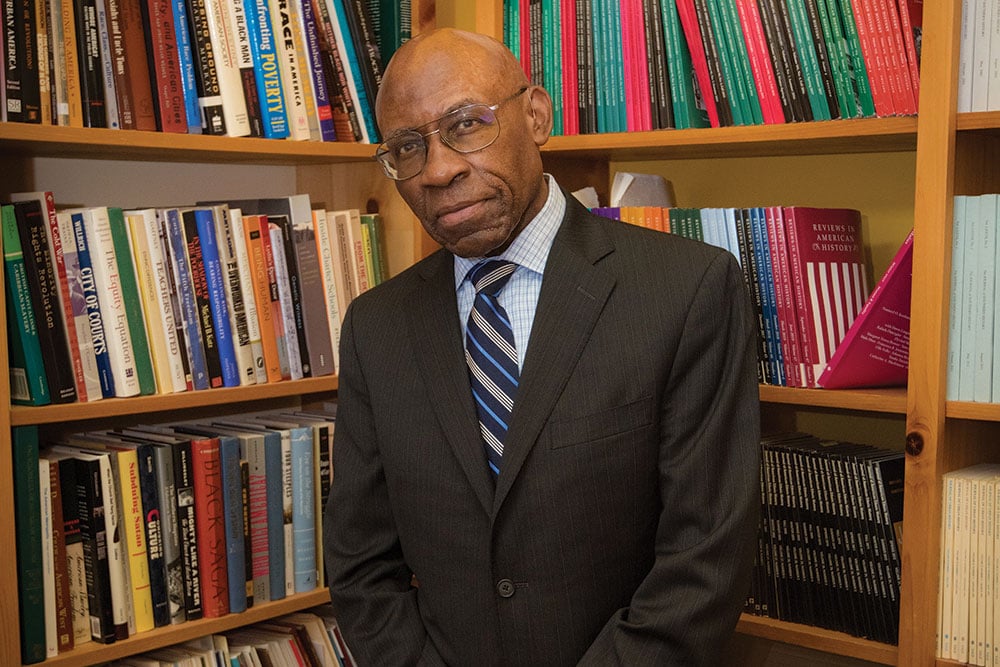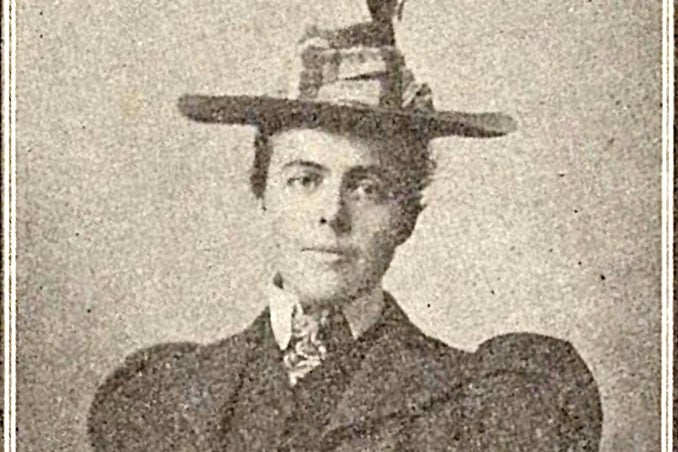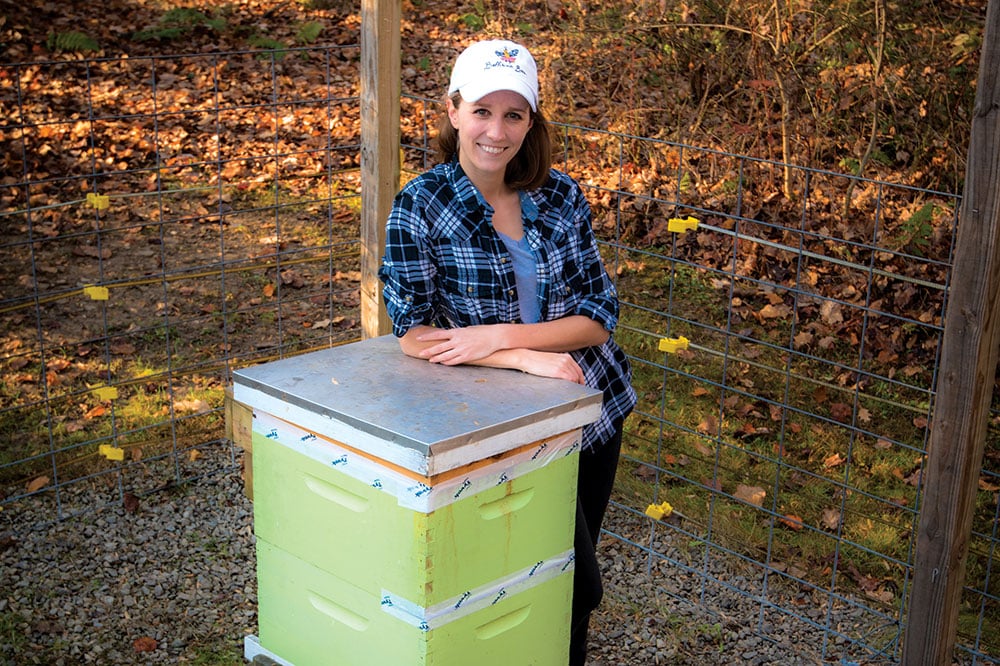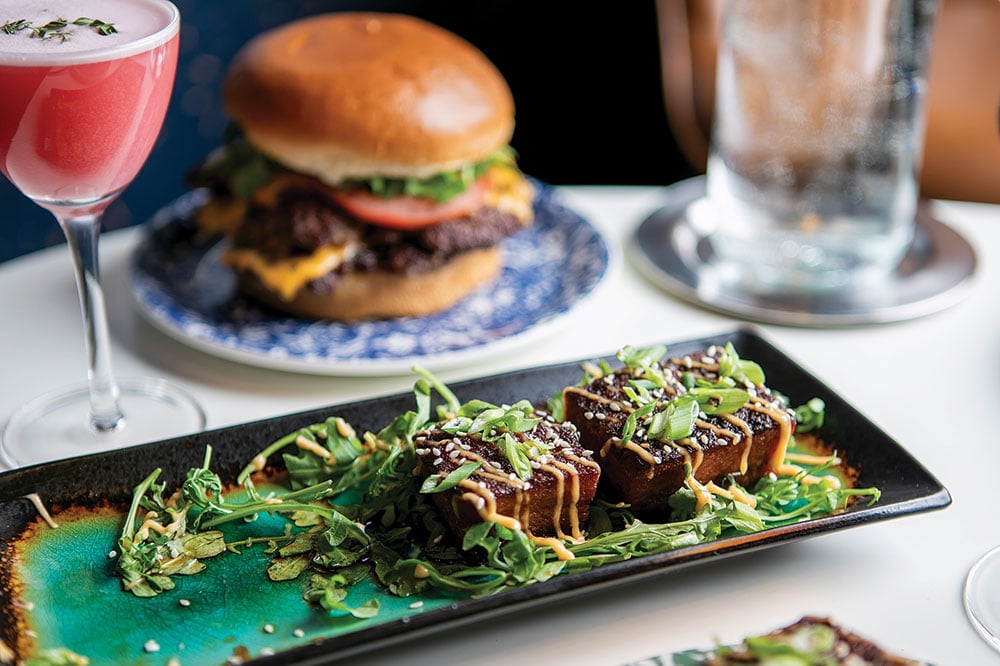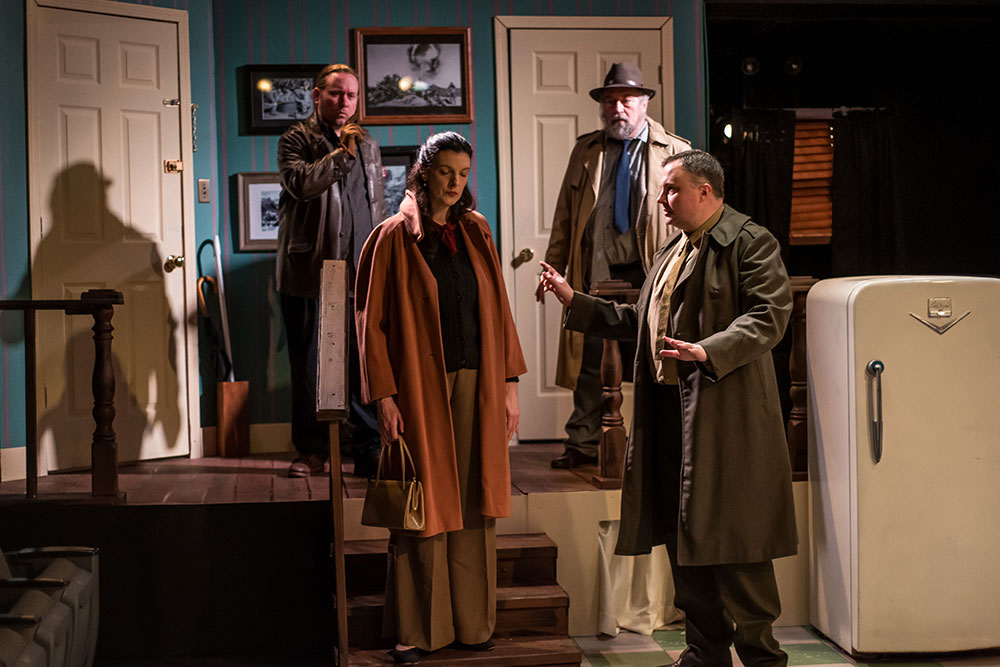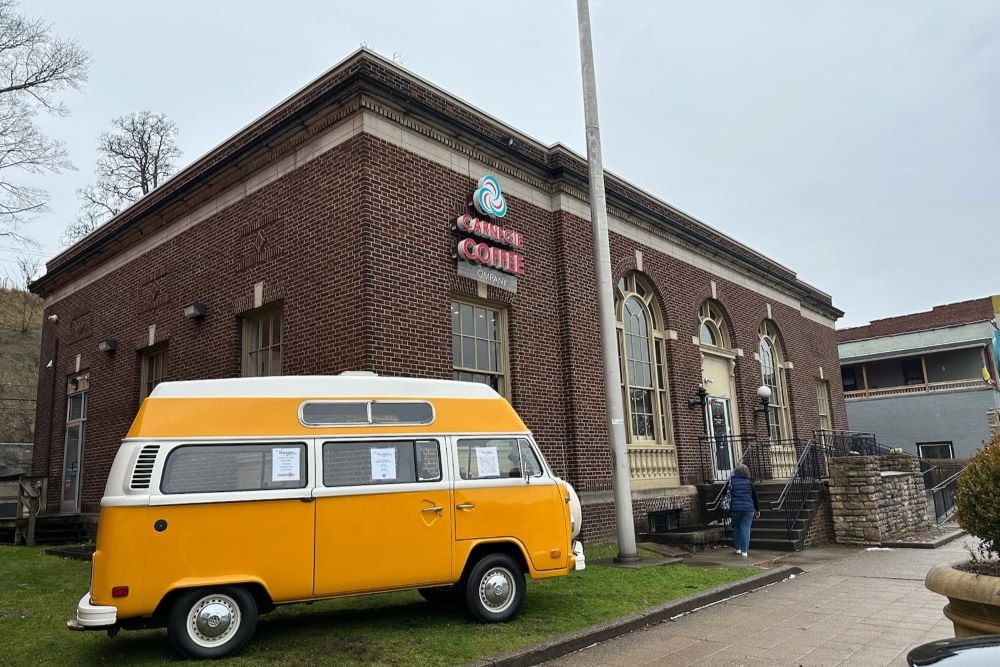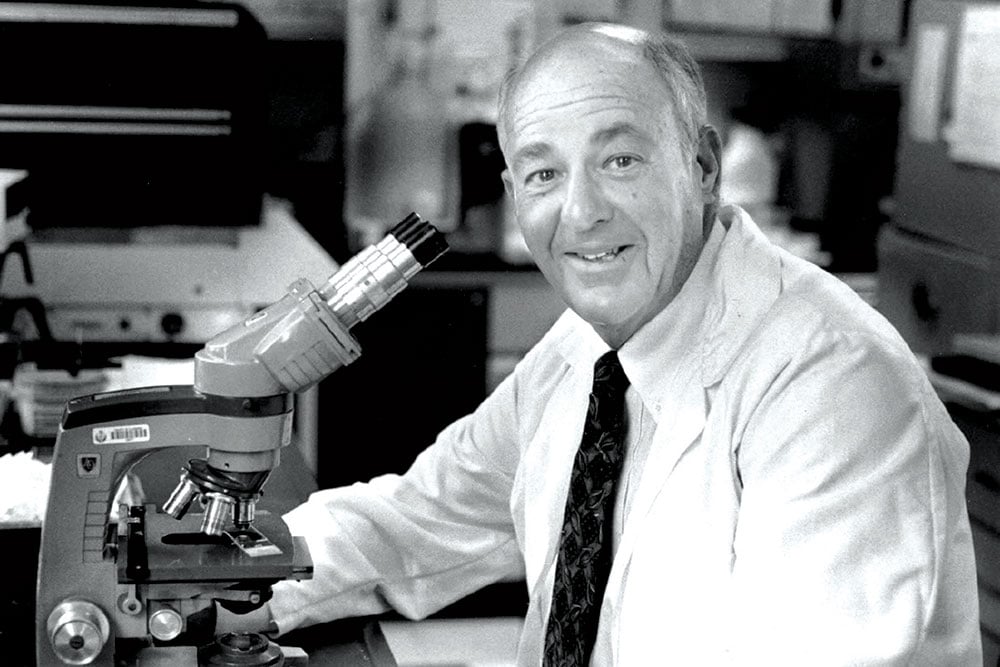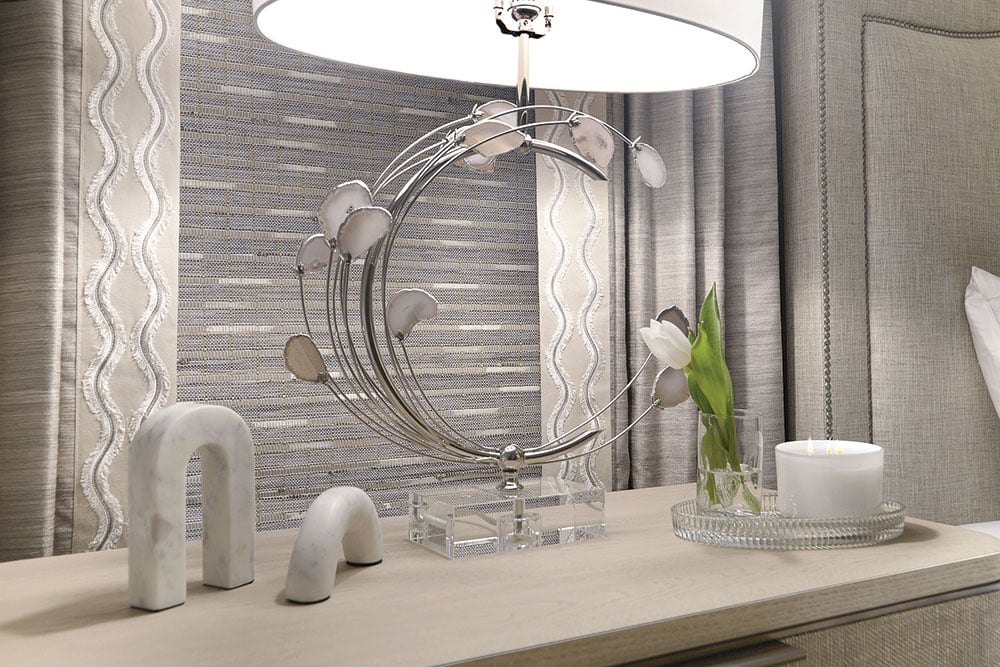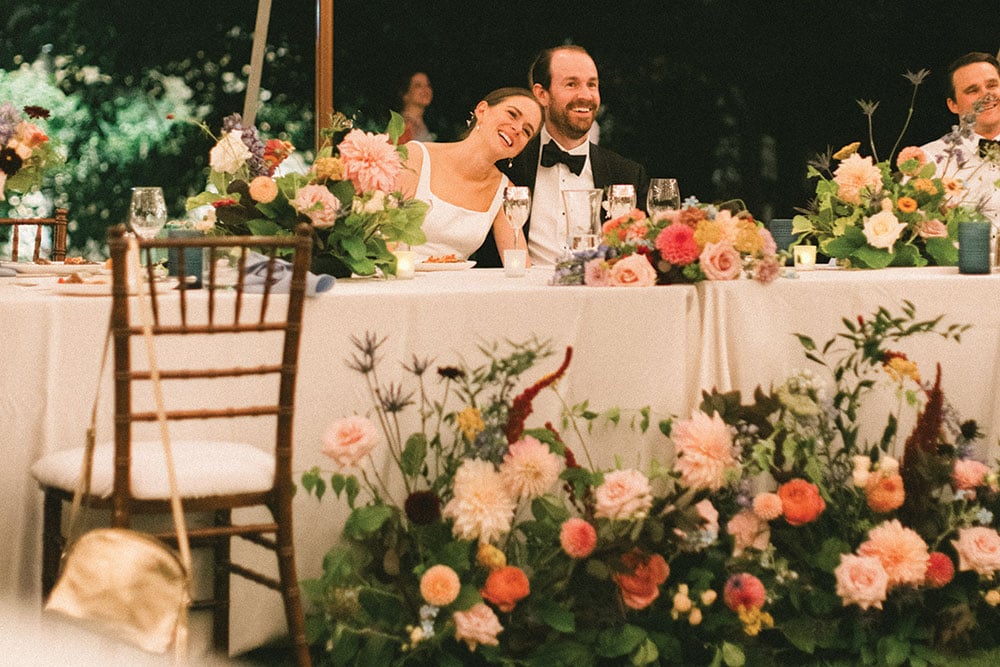Polyamorous: Changing Stereotypes about a Non-Monogamous Lifestyle
Pittsburghers pursuing relationships with multiple partners want to change the stereotypes about their lifestyle.
This is a Pittsburgh family — three adults of different ages, races and backgrounds, lounging in a Squirrel Hill teahouse, laughing and sharing each other’s drinks and finger-food on a winter night.
Pete Oddi is 37, white, and blue-collared, a welder and a delivery driver who wears his clothes loose, his beard untrimmed and his queer identity like a badge of honor; jokes always are fermenting behind his rictus of a mouth. Oddi is dating and living in the South Hills with Whiskey Hill, a gender non-binary 28-year-old African American who finds levity in even the most knotted life situations. And Whiskey dates Dom Alexander, a Youngstown, Ohio, native transplanted here three years ago who works at Carnegie Library of Pittsburgh and easily unfurls observations about love and sex.
Oddi and Hill started cohabitating around Labor Day 2019 after a longish-distance relationship that stretched for four years between Pittsburgh and Cleveland. They both met Alexander in 2018 at a party and spent the night cuddling in bed but not having sex.
“People think polyamory is very free-wheeling – you know, ’60s-style free love. It’s really about connection,” says Alexander, 25, of the East End, a bisexual African American woman whose bleached-blonde braids highlight a face framed by a silver ring in her nose. “People on the outside who haven’t done it would be surprised. You have to talk to people. And you have to respect boundaries. It’s a messy and complicated galaxy of emotions – but it is also very fun.”
Pittsburghers engaging in polyamory, a form of consensual non-monogamy that involves pursuing romantic and sexual relationships with multiple partners, are challenging stereotypes about their lifestyle, which is not widely accepted.
A 2015 report by YouGov, an international research data and analytics group, shows that 56% of Americans reject the idea that polyamory is morally acceptable, with 25% finding it acceptable and 18% who aren’t sure.
About 26 percent of individuals who practice polyamory reported some form of discrimination based on their lifestyle, according to a 2012 study by the nonprofit group Loving More, which supports polyamorous people.
Polyamory is not a legally protected status, as race or sexual orientation is. Someone can be fired from a job if their employer doesn’t like them practicing polyamory and it can be used against polyamorous couples in court during child-custody proceedings.
The group Poly In Pittsburgh had nearly 1,000 members in 2019. Its monthly meet-ups at city hot-spots – social engagements where people not interested in solo-partner ventures connect – draw upwards of 75 or 100 people. And hundreds gathered in Pennsylvania recently for a conference on consensual non-monogamy.
There’s no polyamory census, and no organization that tallies polyamorous relationships in the U.S. But an American Psychological Association division started a 90-member task force in 2019 to research consensually non-monogamous relationships.
“It’s a large population that exists but is closeted,” says Dr. Heath Schechinger, Counseling Psychologist at the University of California at Berkeley and private practitioner, who co-founded, but does not speak on behalf of, the American Psychological Association task force. “All we know is this population is highly stigmatized. We need to take steps to protect these people, these relationships. [Research] tells us this is common and normal and not a big deal. This is as common as owning a house cat.”
It’s also, to crib from the modern parlance, trending.
“I see relationship structure to be the next wave we’re about to address, following sexual orientation and gender identity,” Schechinger says. “We’re starting to realize that the ‘One size fits all’ model isn’t working for everyone.”
Part of riding that wave is training healthcare professionals to understand polyamory, Schechinger says. That’s where the American Psychological Association comes in.
Sarah Grumet, an outspoken queer woman whose asymmetrical haircut and infectious laugh light up rooms she’s in, was polyamorous for more than a decade when she met Ian White on OKCupid five years ago. White was new to polyamory. Grumet spent the night frequently at his old place; on other nights, so did one or two of his other partners.
“At its core, what polyamory gives you is a flexible set of rules to live with in your relationship,” says Grumet, 37, who works a white-collar job and lives with White in Penn Hills. “When you’re working under a structure that’s flexible, more amorphous, it’s possible you have even more outcomes.”
“That’s what a lot of people don’t get about polyamory – if you think polyamory is just an excuse to bang a lot of people, don’t waste my time,” she adds. “Ethical non-monogamy complicates every aspect of having, building and maintaining a relationship – ten-fold – but that is the thing that speaks to your heart.”
White, a graphic designer with a flair for bold eyeglasses, describes his relationship with Grumet in familiar terms. They met, they went on a few dates and they fell in love. They also see other people and bought a home in Penn Hills with enough space so other partners could sometimes spend the night.
Morgan Hawkins understands the ebb and flow of polyamory.
When the Poly In Pittsburgh founder – who was in the same relationship with one man through high school and college, the man who became the father of her only child – came out to her mom as bisexual, her first response was, “But, you’re married.” Polyamory opened the marriage to other partners, but tensions surrounding the arrangement ultimately dissolved the union.
Her office colleagues were understanding of her relationship status when she attended a holiday party with multiple partners.
“People had that brief spark of, ‘Wait, what?!’ It was like, ‘This is my husband and my boyfriend and my girlfriend.’ My coworkers are accepting of that,” says Hawkins, 34, of Swissvale.
Hawkins spoke with Pittsburgh Magazine on the condition that editors did not accompany her story with the frequently used photo of three anonymous pairs of feet intertwined under a blanket.
“People always envision these non-stop orgies,” Hawkins laughs. “What it is really is a lot of Google Calendaring, figuring out when you can be with your partners, your family. The most important thing I like to stress about polyamory is that I don’t limit myself.”
But the devil’s advocate must ask: Aren’t monogamous relationships “better” than consensually non-monogamous ones?
Extensive research does not exist — yet — on the subject.
Personality and Social Psychology Review found in 2012 that “there is no empirical basis for the common assumptions about the benefits of monogamy.”
According to Psychology Today writer Deborah Anapol, Ph.D., “the common arguments in favor of monogamy – including the illusion that it offers protection from jealousy, sexually transmitted diseases, and divorce – have been shown to be purely speculation, and unfounded speculation at that.”
Robyn Trask became executive director of the nonprofit Loving More in 2004. (It is based, yes, in Loveland, Colorado.) She says the organization, which promotes awareness and education around consensual non-monogamy, holds an annual conference “to create a safe space for people to explore polyamory, relationships and other points of sexuality.”
The 2020 conference took place Feb. 7-9 in Philadelphia. The first Poly Living Conference was held in 2005 but Loving More has been having conferences since 1986.
“Our goal, our mission, is to educate people about polyamory and to discuss that there are many kinds of love – it comes in many forms,” says Trask, who is married and has been polyamorous for 30 years. “People [used to be] shocked by what we’re teaching, but that doesn’t happen as much anymore. What has shifted is now you don’t get people looking at you like you’re crazy. More people know about polyamory than they did 15 or 20 years ago.”
More Americans also know people who buck hetero-normative trends, such as Julz Pecor, who works in the restaurant industry and identifies as queer and gender non-binary. Pecor, like Hill and many non-binary people, goes by “they” instead of “he” or “she” and isn’t comfortable within the traditional boundaries of gender.
Pecor became polyamorous at 17 and briefly sampled monogamy when they were 23 and in a committed romantic relationship.
“I realized I didn’t want to do one person for the rest of forever – I don’t think life really works like that,” says Pecor, now 28. “To assume that one partner would be the best match for the rest of our lives didn’t seem plausible.”
“When I love people and I’m in love with people, I want them to explore, to continue to become their best self,” Pecor adds. “I’m definitely a person who wants someone else to reach for what they want.”
Kristina Boyd talks about polyamory like a statistician – which makes sense because she is one. She analyzes stats and data for the county. Boyd moved to Pittsburgh in 2015.
“You’ll ask 1,000 people the same question about polyamory and you’ll get 1,000 answers,” says Boyd, 28, of the North Hills.
Boyd is married, and she and her spouse both have other partners.
“I just want to explore other people and I’m happy for my spouse when he’s happy with his partner,” Boyd says.
“I think there’s a lot to learn about good communication through polyamory. It’s been educational for me,” she adds. “It is a venue through which I can explore different parts of me. I think polyamory has given me a good social and emotional vocabulary to seek what I want out of relationships and even out of friendships.”
Communication also is an indispensable relationship building-block for Oddi, Hill and Alexander.
“It works as long as you communicate and everyone’s open to hearing, listening, comprehending and accepting,” Hill says. “Everyone has to be not only communicating – but open to what others are communicating.”
If Hill could tell you one thing about their relationships, what would it be?
“I would tell people to not judge too harshly,” Hill says. “People have these preconceived notions of what consensual non-monogamy is.”
All three have found camaraderie in Pittsburgh’s polyamorous communities.
“There’s a real sense of, ‘We’re all in this together,’” Hill says. “That, more than anything, is what consensual non-monogamy is at its core. It’s about caring for other people. And I think in humanity, and in American society, that’s something we’ve lost.”
Queer is a preferred umbrella term for many people who are not heterosexual or are not cisgender (people whose gender identity matches the sex they were assigned at birth).
Non-binary is often used to describe a gender identity that is not traditionally masculine or feminine.
Non-monogamy describes any relationship that involves more than two people. Ethical non-monogamy or consensual non-monogamy implies that consent to the arrangement has been given by everyone involved.






